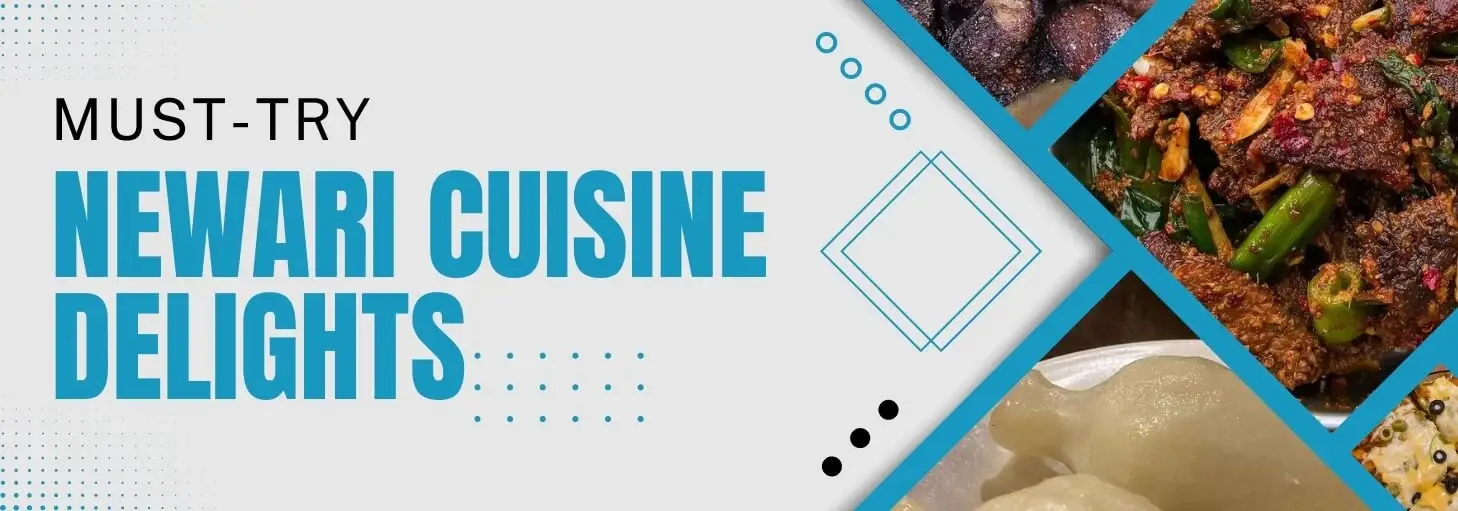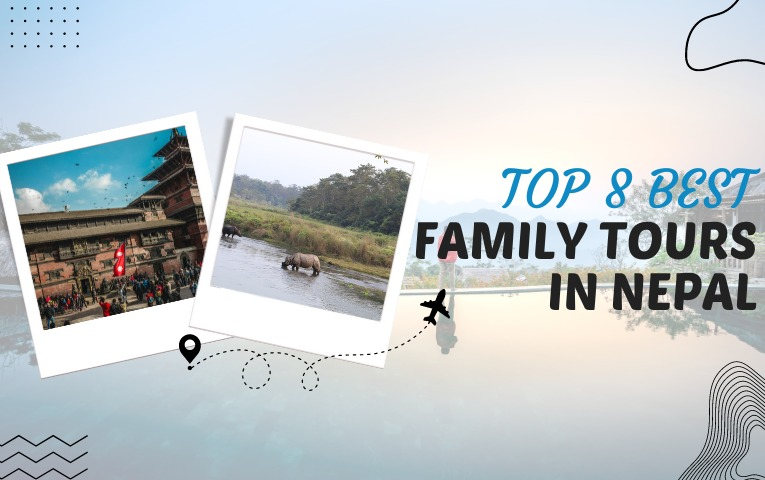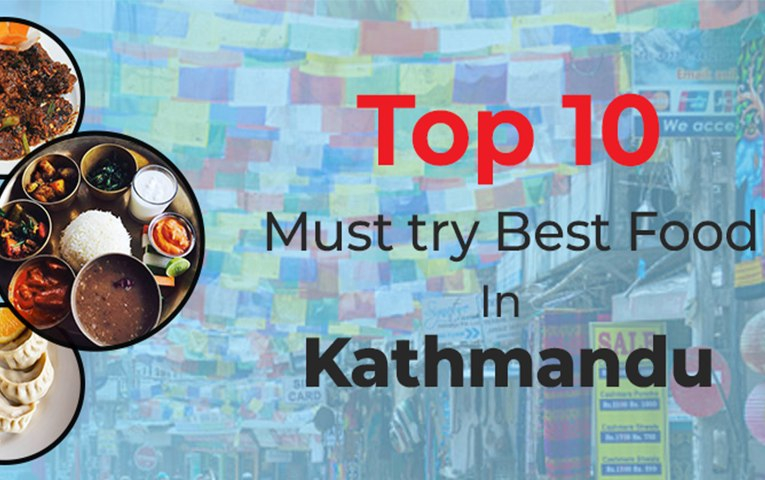Must-Try Newari Cuisine Delights

Ever wondered why Newari cuisine is so popular in Nepal? What are the Newari foods and traditional Newari dishes? And what is their significance in the Newar community?
The Newar community, or Newa, has a distinct identity in Nepal. Residing in Kathmandu Valley for centuries, since the place was once known as Nepal Mandala, the tribal Newar community is recognized for its unparalleled cultural practices, traditions, rites, rituals, festivities, and feasts.
The prominent traits of the Newar community, however, are the annual feasts that are planned every month of the year. These feasts consist of a variety of Newari cuisine served based on the season and month of the celebration.
Although many iconic and popular Newari foods, such as Chhoila, Kachila, and Saphu Mhicha, are non-vegetarian, there is also a wide range of vegetarian Newari dishes like Bara, Kwati, and Yomari, common among some Newari families who follow religious restrictions that exclude meat from their diet.
Must Try Newari Dish
Non-vegetarian Dishes
Nepali cuisine offers a large selection of non-vegetarian dishes, often used as a celebratory element on different special occasions.
1. Choila
Choila, a traditional dish from the Kathmandu Valley, involves marinating and grilling meat derived from buffalo, chicken, mutton, or duck. The flavorful character of Choila is derived from its marinade, made using a combination of red chilies, green chilies, ginger, garlic, cumin, turmeric, Sichuan pepper, and fenugreek seeds. Although traditional preparation involves grilling it over an open fire, modern cooks prefer the more convenient methods of pan-frying or grilling. While choila is usually consumed as a starter or light bite, along with chiura (beaten rice) or cooked rice, it can also be incorporated into a more elaborate Newari spread known as Samay Baji.
2. Kachila
Kachila is a raw or half-cooked dish made with minced buffalo meat. Many places also substitute buffalo meat for chicken Kachila has a very distinct taste and texture, attributed to the use of raw meat and its natural texture. The bold flavors of Kachila come from a blend of spices that typically include garlic, coriander leaves, red chili, salt, and chili powder, with some turmeric powder to enhance the flavor. Kachila is not cooked in the conventional sense since the meat is never heated over fire. After marination, pouring the hot oil containing fenugreek seeds over the mixture will sear the meat and enhance the flavors.
3. Saphu Mhicha
Sapu Mhicha, translating to tripe bag in the Newari language, is a protein-rich dish from the Newari cuisine. It uses diced bone marrow from buffalo as a main ingredient, filled into little bags formed by meticulously cleaned buffalo leaf tripe.
The bags are carefully tied and boiled to cook the tripes thoroughly before frying them in a pan to give them a crispier texture. Sapu Mhicha is typically reserved for large feasts or special occasions to serve guests of honor. While it may not be for everyone due to the use of tripe, many savor every bit of it as melted bone marrow bursts forth with each bite.
4. Chatamari
The Newari pizza look-alike, Chatamari, is a widely favored savory crepe within the Newari community. Chatamari has a crispy rice flour base with flavorful toppings that can include vegetarian options like spiced potatoes, black-eyed peas, and soybeans. But most people prefer non-vegetarian versions with minced buffalo or chicken toppings.
The modern variations of chatamari are introduced every year with non-traditional ingredients like cheese and capsicum, showcasing their creativity and resourcefulness. The large variety and variants of chatamari make it a versatile dish that can be enjoyed as a snack, appetizer, or even a light meal, depending on its fillings.
5. Takha and Sanya Khuna
Takha and Sanya Khuna are jelly-like dishes enjoyed together as part of the winter feast. These Newari cuisines can either be savored as broths or in their jelly-like form to fill diners with warmth and nourishment during the cold months.
Takha and Sanya Khuna have similar cooking processes with a slight difference in ingredients, as buffalo skin and meat are the key ingredients in Takha, while dried fish, typically anchovies, are used for Sanya Khuna. The jelly-like texture in both is the result of the gelatin in the meat and fish. While Takha and Sanya Khuna have similar textures, Sanya Khuna has a stronger and spicier flavor compared to Takha, which has a relatively more meaty flavor due to buffalo skin.
6. Samaya Bajhi: The Signature Dish of Newari Culture
Samaya Baji is not a single dish but a celebratory way to enjoy a variety of Newari foods all at once. Samaya Baji translates to "time for beaten rice," signifying the use of beaten rice as a base to create a dish for special and auspicious occasions.
While the specific dishes included in a Samaja Baji vary depending on the occasion and family traditions, typical components include beaten rice, lentils, pickles, fermented soybeans, choila, kachila, eggs, and chutneys. The combination of these dishes creates a new delightful and visually appealing Newari dish that incorporates diverse Newari flavors and textures.
Vegetarian Dishes
1. Bara
Bara, often called Wo in the Newari language, is a delicious and versatile savory pancake staple in Newari cuisine. While creative modern cooks have brought variations like egg bara, meat bara, and spiced fish bara, the traditional way is still dominant in most places, which uses a batter made primarily from black lentil flour along with salt and spices like ginger, garlic, and turmeric to add additional flavor.
A perfectly cooked bara has a golden brown color and slightly crispy edges with a soft and fluffy center that goes well as a snack or an appetizer. Unlike other Newari dishes reserved for festive celebrations, simple yet flavorful bara is a popular choice for everyday meals, and even street food stalls.
2. Kwati
Kwati is a nutritious and savory soup, which translates to "hot soup" in the Newari language.
The primary element of Kwati is a combination of nine different types of sprouted beans, which include black gram, green gram, chickpeas, field beans, soybeans, field peas, garden peas, cowpeas, and rice beans. Some people also substitute one or more beans with vegetables, chicken, or buffalo meat for a richer taste. However, most still follow traditional recipes, as Kwati carries historical and religious significance in the Newar community.
While the Newars commonly serve Kwati during feasts, the festival of Guni Punhi marks an important day for Kwati. During this day, farmers give rice and Kwati as offerings to the frogs for providing good rain during the monsoon, resulting in a plentiful yield in the harvest season.
3. Yomari
Yomari is a type of steamed dumpling made from rice flour dough, with fillings of different sweet mixtures of chaku (black treacle or molasses) and khuwa (a condensed milk product). Yomari is derived from the words “Ya” (like) and “Mari” (confection), and symbolizes prosperity and good fortune. Yomari is popular within the Newari community, as it represents festive moments or special occasions.
People eat Yomari as a snack or sweet treat, as it contains delectable fillings that can be altered as desired. Some prefer plain yomari, while others yearn for more options with coconut, almonds, walnuts, and pistachios. Yomari Punhi, a festival that falls on the full moon day of the Poush month in the Nepal Era calendar, is dedicated to Yomari. This day marks the beginning of the winter season, and the Newar community believes that having hot Yomari drizzling with chaku gives them warmth and strength for the winter.
4. Lakhamari
Lakhamari is a traditional sweet bread in Newari cuisine with rich flavors and crunchy textures. The name Lakhamari comes from the Newari words “Lakha” (hundred) and “Mari” (confection). Lakhamari has numerous variations, each with different shapes, but ingredients and cooking methods remain mostly the same.
The base of lakhamari is made from a dough using rice flour, sugar, and water. Some also add black lentils, butter, and ghee. The dough is then shaped into various forms, from simple squares to intricate knots and animals, before being deep-fried in hot oil until golden brown and crispy.
Lakhamari is typically served at room temperature as a sweet snack or dessert, with some tea or other warm drinks. Some Newari communities also have a tradition of sending lakhamari as a part of sagun, symbolizing well wishes and sweetness for the occasion.
5. JuJu Dhau
Juju Dhau, often regarded as the King of Curds and Yogurts in Newari cuisine, symbolizes purity and good fortune in the Newari community. It is made from fresh milk with a high fat content, which provides a rich and creamy texture unlike other yogurts with a thinner consistency.
Juju Dhau uses a special yogurt culture that initiates fermentation to transform the milk's sugars into lactic acid, thickening the mixture and developing the characteristic tangy flavor. Unlike other yogurts, Juju Dhau is traditionally prepared in earthenware pots that allow the yogurt to breathe slowly, further enhancing its flavor profile.
Conclusion
The Newar community is the result of people from different cultures coming together, and this can be seen not just in their genes but also in the Newari cuisine. The variety in Newari food and the creativity to adapt to available ingredients to create an ultimate dish that is both nutritious and a delicacy are found in Newari cuisine. The savory taste and practicality of the Newari dishes have increased their popularity nationwide, making them a symbol of the Newar community.
Whether you are a foreigner traveling to Nepal or a local within the country, do not forget to enjoy the delectable delights of Newari cuisine.






